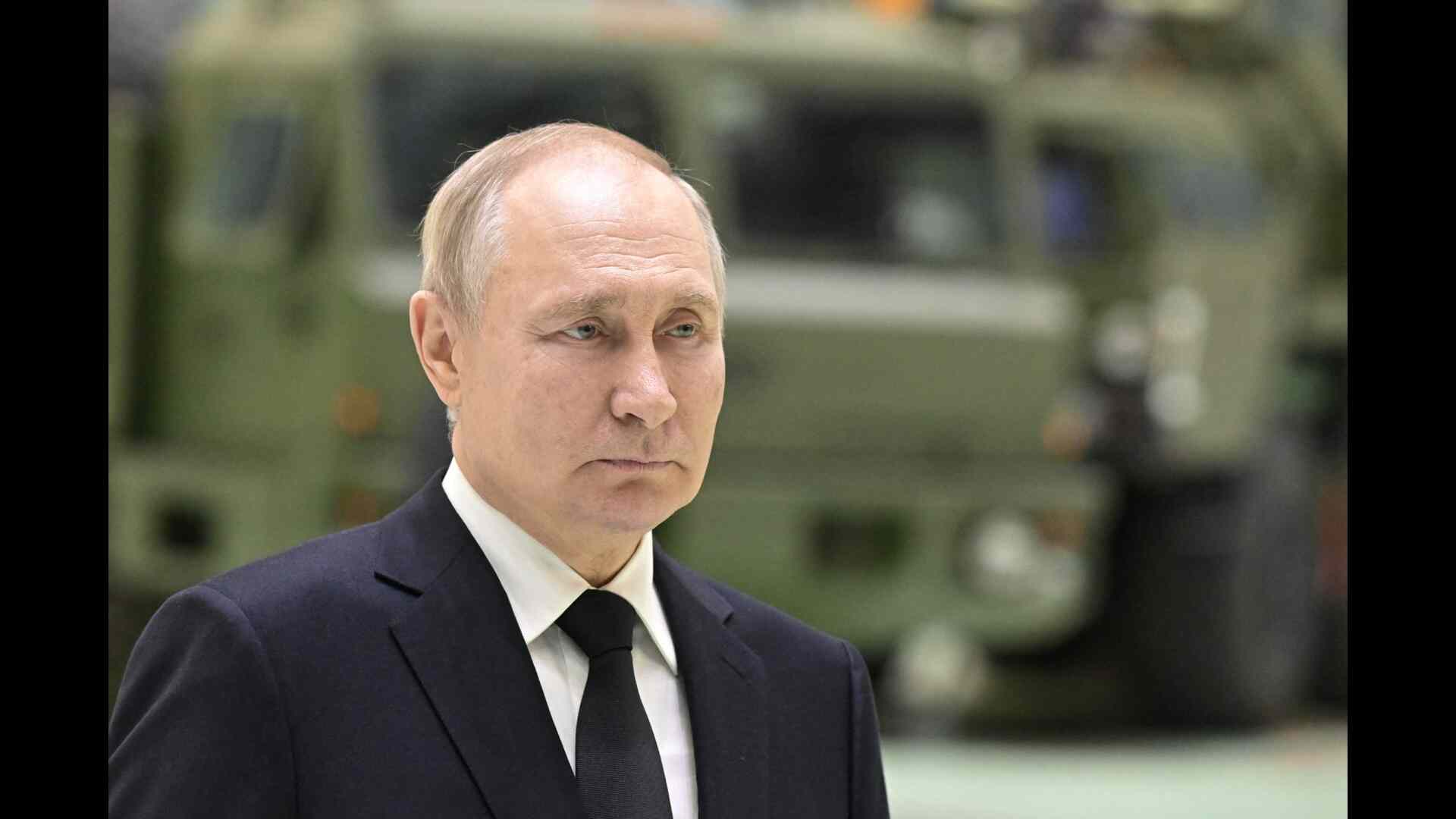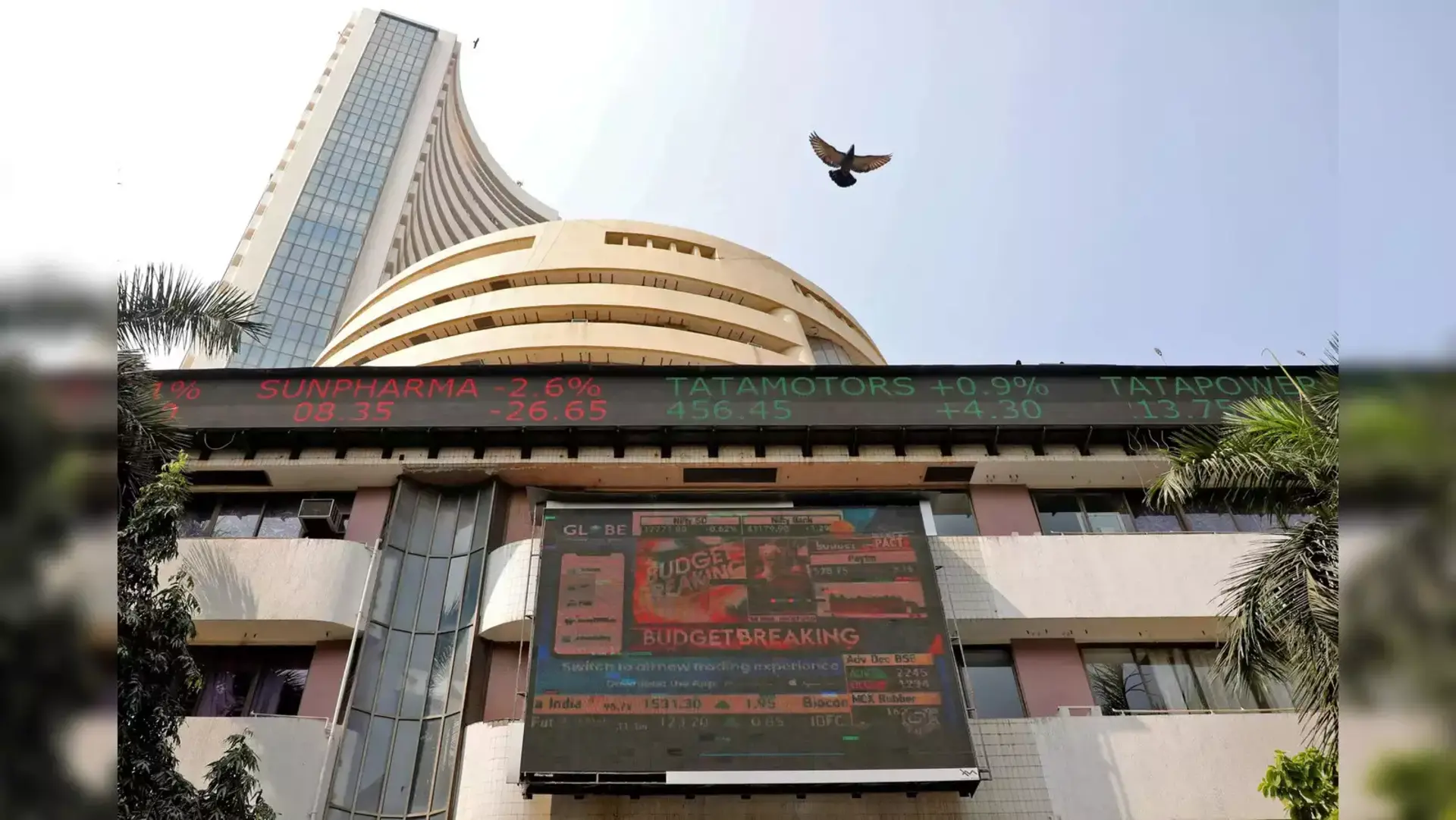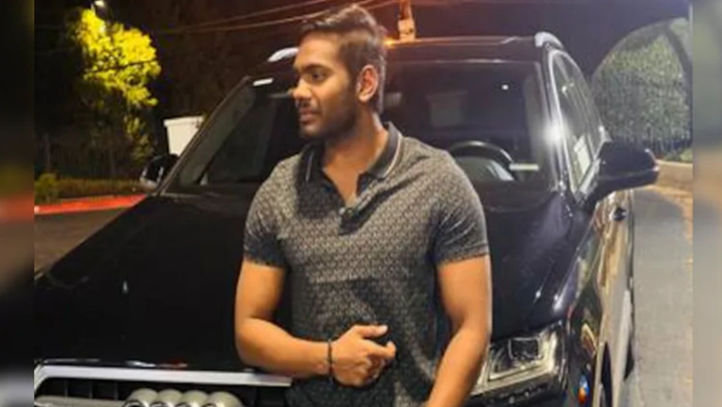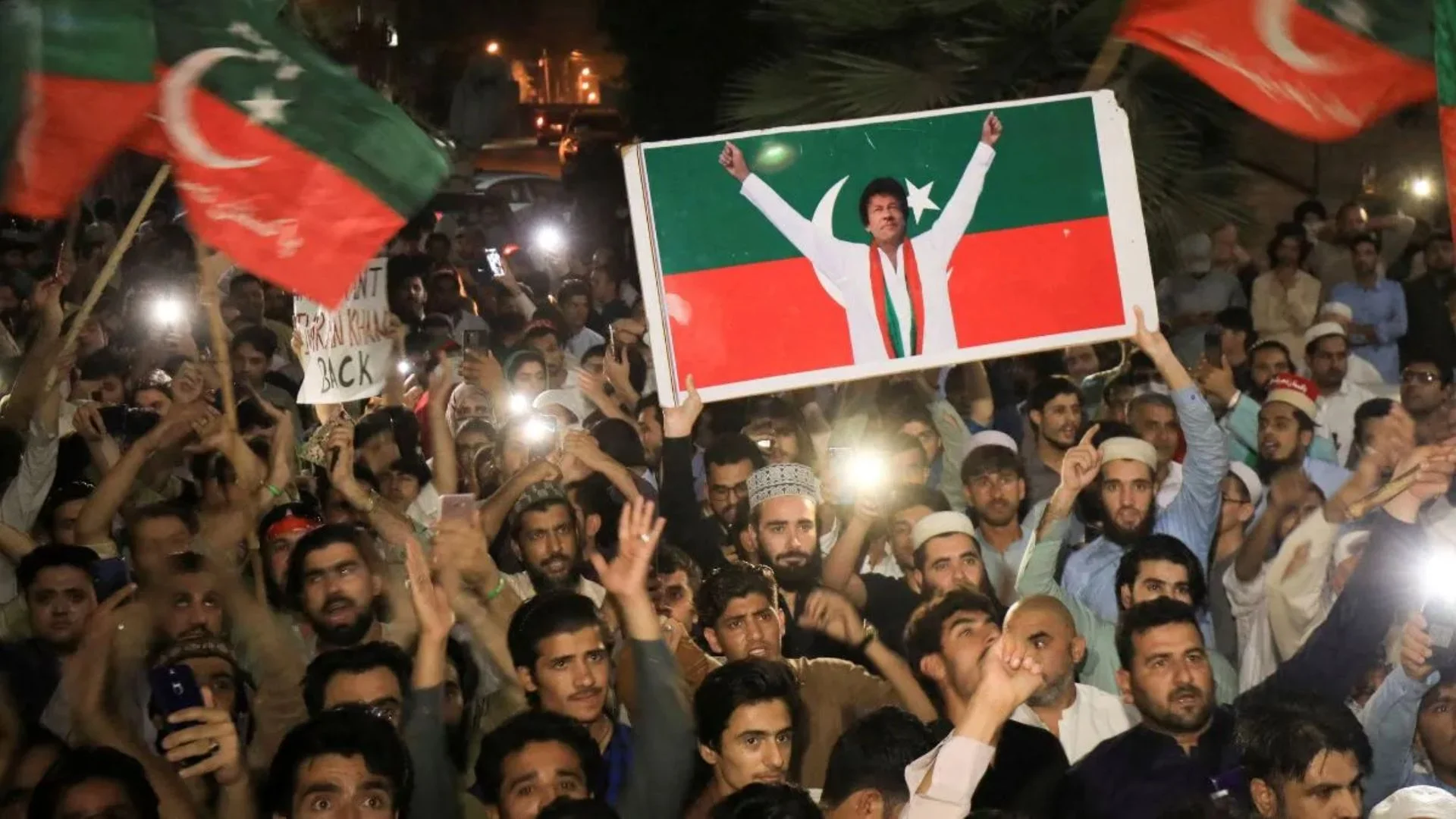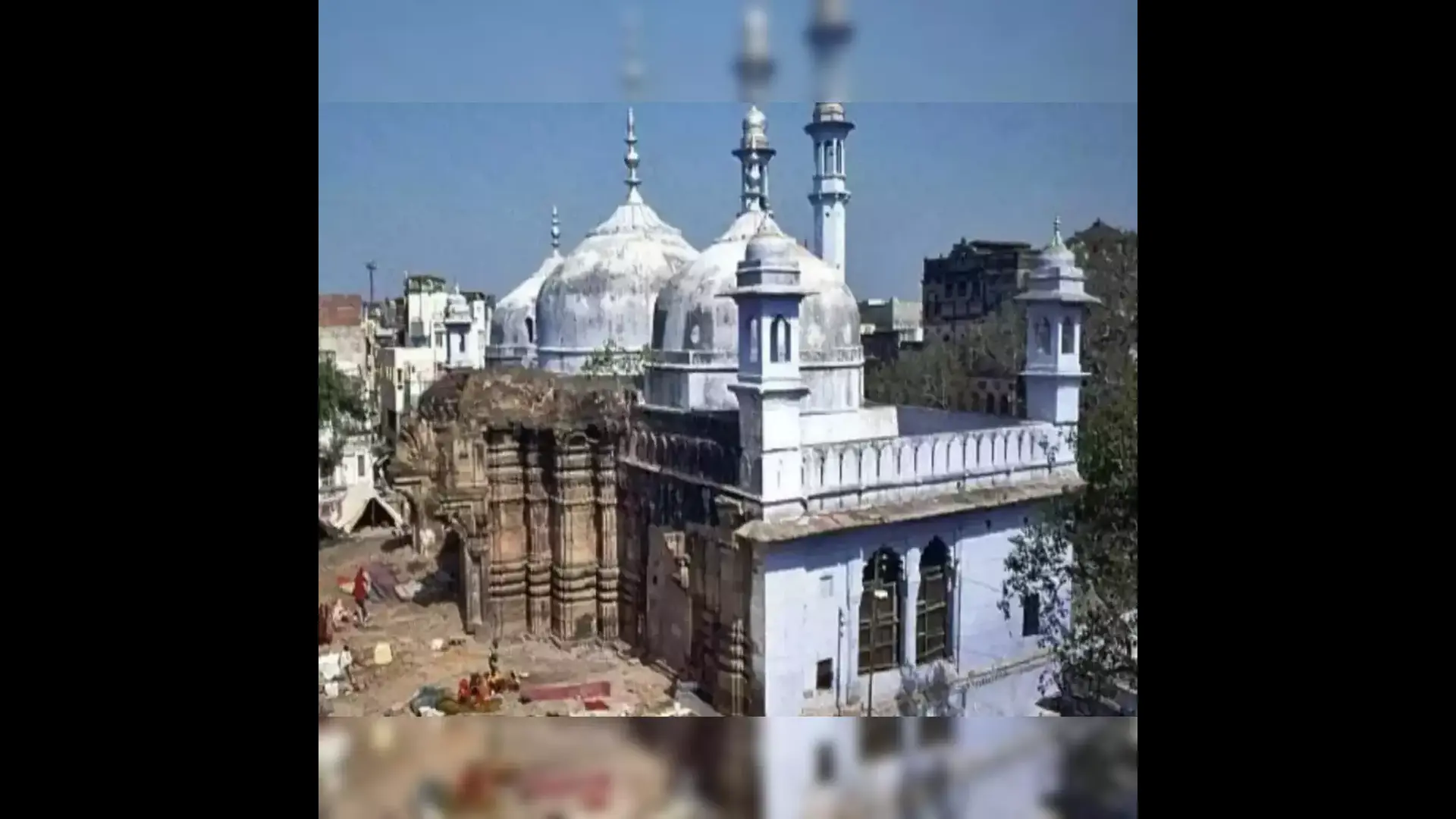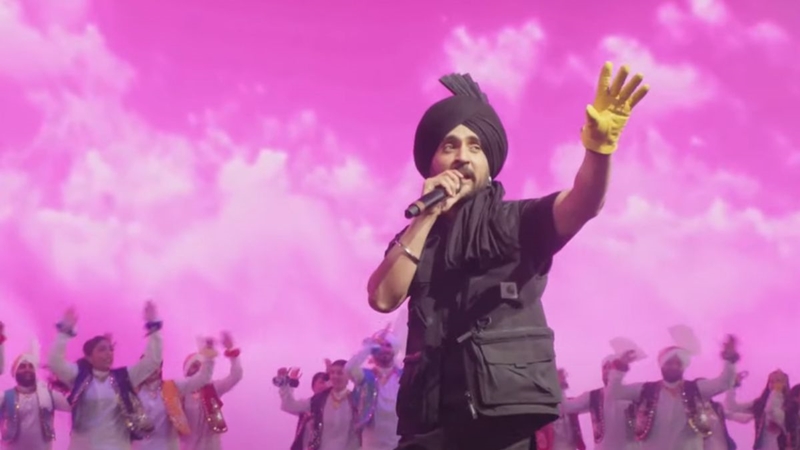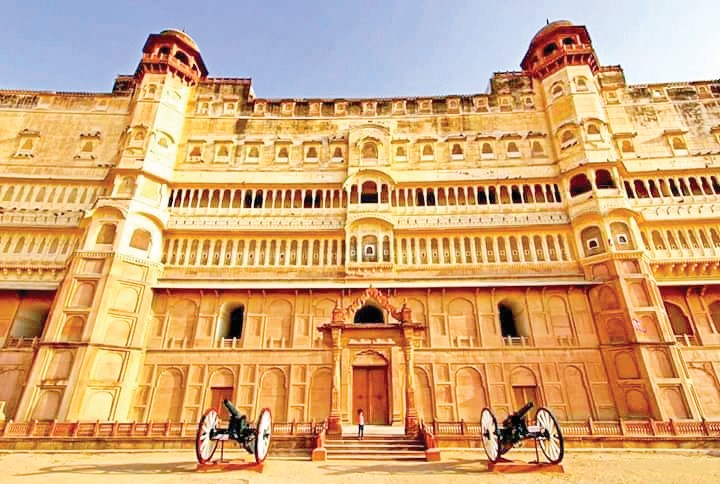
The Prachina Museum in Bikaner offers a beautiful and wholesome experience to the visitors. This museum is housed within the Junagarh Fort, showcasing the rich heritage of the Bikaner royal family and the region’s artistic traditions.
A Royal Setting
The Junagarh Fort, built in the late 16th century, houses the Prachina Museum. Its red sandstone walls stand tall against the desert sky. The fort itself is a epitome of Rajput architecture. Intricate carvings and delicate latticed windows decorate its exterior. The museum finds its home in the Satkhana, or seven-storied palace, within the fort complex.
The Birth of Prachina
“Prachina” means “ancient” in Sanskrit. The museum lives up to its name by preserving centuries old artifacts and traditions. It opened its doors to the public in 2000. The royal family of Bikaner started this museum to share their heritage with the world. Dr. Singh, a member of the royal family, serves as the museum’s curator. She explains, “Prachina is more than just a collection of old things. It’s a living story of Bikaner’s culture and history.”
Experience the Royal Life
The first section of the museum takes visitors into the world of Bikaner’s royalty. Glass cases display items once used by the Maharajas and Maharanis like Weapons adorned with precious stones, Finely crafted silver and gold utensils, Personal items made from valuable materials and Rich textiles and royal clothing.
Old photographs bring the royal family to life. These images show both formal events and everyday moments. They help visitors understand how the royals lived in the past.
One striking photo shows a Maharaja in full royal dress. He wears strings of pearls and emeralds. The contrast between his grand outfit and the simple desert behind him tells a story of Bikaner’s unique blend of luxury and ruggedness.

Textile Treasures
Bikaner has a long history of textile making. The Prachina Museum honors this tradition with a large collection of fabrics and garments. Visitors can see:
1. Colorful Bandhej (tie-dye) fabrics
2. Rai-ka-Kaam embroidery with fine stitching
3. Zari work with gold thread
4. Barmeri prints with intricate patterns
A star attraction is a 200-year-old Pashmina shawl. Its needlework is so fine that the whole shawl can pass through a ring. This piece shows not only great skill but also Bikaner’s trade links with far-off places like Kashmir. The textile area lets visitors touch fabric samples. This hands-on approach helps people truly appreciate the softness of Pashmina or the texture of Zari work.
Weapons and Armor
The museum’s armory section excites history lovers. Walls display an array of weapons and armor. Each piece tells a story of Rajasthan’s warrior past. Visitors see ornate swords, daggers, shields, and suits of armor. Many of these items are not just weapons but also beautiful art pieces. They show how Rajput warriors valued both function and beauty. A unique display shows camel-mounted guns. These weapons highlight how Bikaner’s army adapted to desert warfare. Museum guides explain that these guns helped protect trading caravans on the Silk Route that passed through Bikaner.
Traditional battle gear is also on show. A heavy chainmail shirt and a spiked iron hat called a ‘top’ give visitors an idea of what Rajput warriors wore. The weight of these items helps people understand how strong these ancient fighters had to be, especially in the hot desert.
Art Through the Ages
The art gallery in Prachina Museum offers a visual feast. It shows how art in Bikaner changed over time. On display are Large wall paintings saved from old mansions, Miniature paintings of epic stories and royal life, Modern art inspired by Bikaner’s past.
One impressive painting shows a royal procession in great detail. It captures the grandeur of the event, the faces of the people, and even the designs on elephant seats. This painting took an artist six months to complete in the early 1800s.
A special part of the gallery focuses on Usta art. This art form, unique to Bikaner, uses raised gold work on camel leather or wood. Visitors can see how artisans used Usta art to decorate everything from thrones to small boxes.
Living Crafts
One of the liveliest parts of the museum is the crafts section. Here, visitors can watch local artisans at work. They keep old craft techniques alive by making:
1. Colorful lac bangles
2. Detailed miniature paintings
3. Fabric prints using wooden blocks
What makes this area special is that visitors can try these crafts themselves. This hands-on experience helps people truly appreciate the skill needed for these traditional arts. A small shop in this section sells crafts made by local artisans. Visitors can buy items like hand-painted miniatures or lac bangles. This way, they can take a piece of Bikaner’s living heritage home with them.
Royal Kitchen Secrets
The museum recreates a traditional royal kitchen. This area gives visitors a taste of Bikaner’s food history. It displays old cooking tools, spice boxes, and royal recipes passed down through generations. Visitors learn about special Bikaneri dishes. These include spicy Ker Sangri, made from desert beans and berries, and sweet Gund ka Ladoo, a nutritious desert treat. Sometimes, the museum even offers cooking demonstrations. Lucky visitors might get to taste royal recipes.
A large, decorated cooking pot called a deg stands out in the kitchen display. Guides explain that cooks used this pot to make food for hundreds of people during big royal feasts.
Fashion Through Time
The costume gallery shows how royal fashion changed over the years. Visitors see everything from grand wedding outfits to everyday royal clothes. These costumes show more than just changing styles. They reveal how different cultures influenced Bikaner over time. Some later outfits mix Rajasthani, Mughal, and even European styles. A highlight is the display of Bikaneri turbans. Tying these turbans is an art form. Each style has its own meaning. The way a turban is tied can show a person’s social status, job, or the event they’re attending.
The gallery also shows off royal jewelry. Necklaces, bangles, and turban ornaments sparkle in display cases. These pieces prove how skilled Bikaner’s jewelers were and how wealthy its rulers were.
Keeping History Alive
The Prachina Museum works hard to preserve Bikaner’s history. Protecting old items from the harsh desert weather is a big challenge. The museum uses both old and new methods to keep its treasures safe. The museum also involves the local community in its work. It trains young people in traditional crafts and records stories from older people. This approach keeps the museum alive and growing, not just a place of old things. A new project is creating digital copies of old documents and photos. This work helps protect fragile items. It also lets researchers and history fans from around the world see Bikaner’s history online.
Time travel with prachina
In just a few hours, visitors can explore centuries of Bikaner’s history. The museum offers more than just old objects. It presents a carefully arranged journey through the culture of this desert city. Whether someone loves history, enjoys art, or simply wants to learn about India’s royal past, the Prachina Museum has something to offer. It brings Bikaner’s rich culture to life in a way that books alone cannot. It reminds visitors of the enduring charm of Rajasthan’s royal history. Here, in the centre of Bikaner, ancient crafts still thrive, and the spirit of a bygone era lives on.
The Prachina Museum is more than just a collection of artifacts. It offers visitors a chance to not just see history, but to experience it. From the intricate textiles to the gleaming weapons, from the aromatic royal kitchen to the colorful art gallery, every corner of the museum tells a story.
For those planning a visit to Rajasthan, the Prachina Museum in Bikaner should be high on the list. It offers a unique and immersive experience of the desert state’s royal heritage.
